20% off £30
Code:EASTER
Get summer-ready feet with these foot care essentials

Goodbye ‘summer bod’, it’s all about hello summer feet! Discover the lotions, sprays and at-home spas to nail your foot care routine
Our top picks
Buffs away rough skin
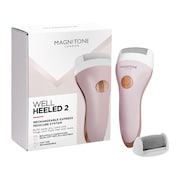
Magnitone
Magnitone Well Heeled 2 Rechargeable Express Pedicure System - Pink
£30.00
Softens dry heels
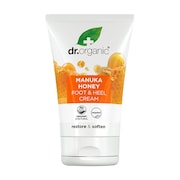
Dr Organic
Dr Organic Manuka Honey Foot & Heel Cream 125ml
Buy 1 Get 1 Half Price
£7.99
Confidence on the go
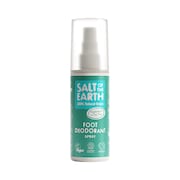
Salt of the Earth
Salt of the Earth Peppermint & Tea Tree Natural Foot Deodorant Spray 100ml
£7.49
When you think about top-to-toe care, it’s all too easy to forget about... well, your toes.
It’s time to support your feet as much as they support you, whether your summer plans involve a marathon or relaxing on the beach – or both!
Swap sweat for sweet scents, blisters for bubble massages and calluses for confidence with our top foot care picks...
I’m looking for... care for dry feet
Fans of Skin Food, gather round. Weleda’s known for their super-nourishing formulas and this Foot Balm is no different.
Refresh tired, dry, rough or sweaty feet and leave them feeling hydrated and smooth. Lavender, rosemary and sweet orange essential oils offer a fresh scent and a little aromatherapy on the go.
Myrrh extract and soothing calendula are heroes for calluses and rough heels, making this lotion a staple for walkers, runners, busy bees and barefoot babes alike.
Runny lotions not cutting it? This rich Manuka honey cream comes to the rescue for rough and callused feet.
Manuka honey’s produced by bees that visit the Manuka bush in Australia and New Zealand, and it offers a unique set of cleansing benefits. Sweet!
Here, this honey cream helps soothe skin and soften dry areas. Customers love it for its gentle scent and its talent for softening hard, cracked heels. Apply after using a pumice stone (or a Magnitone roller –
more info to come), then leave to soak in for ultimate silkiness.
I’m looking for... holiday-ready feet
No tub? No problem.
OK, we don’t think you could take a bath in this. But, at the end of a long day, you’re only five minutes away from a warm foot soak in your living room.
Choose from ‘bubble’ or ‘vibration’ massage modes. Then add one of the three pedicure attachments for a targeted foot massage (great if you want to help circulation in your feet) or to buff them shiny smooth. Finally, switch on the infrared light to pay special attention to feet.
Et voilà: you’ve got an at-home pedicure, spa evening and you’re getting your feet looking fresh. How’s that for productivity? Just add a book, a cuppa and a sweet treat...
Looking for everyday smoothness? Keep the Magnitone Well Heeled in the bathroom and buff your feet in the time it takes to brush your teeth (though we wouldn’t advise doing both at once).
This rechargeable buffer polishes away rough, hard skin on your feet and leaves them silky soft. Its gentle curve means it reaches every spot, even across the ball of the foot and under the toes.
Both a Regular and Extra Buff attachment are included (just click into place) and each charge offers an impressive 60 minutes of use.
Lightweight and splashproof, it’s perfect to pop into a weekend bag along with those sandals you’ve been dying to wear.
I’m looking for... support for a marathon
If you do any kind of long-distance running, you’ll know the foot blisters are something else.
Savlon helps cleanse the skin (minor burns, small wounds and chapped skin, we’re looking at you), so it’s worth popping into your First Aid kit.
Dab onto sore, split heels and toes. Add a plaster, take a rest and you’re good to go again.
Crystal Spring: it conjures up images of paddling in fresh, cool water. Chances are this sounds like heaven, especially if your feet are feeling sore, overused or hot.
Treat your feet to a daily purifying experience with these stick-on foot pads, infused with green tea and ginger extract as well as tourmaline crystal.
Pop a footpad onto one foot before bedtime – they're a natural source of Far Infrared light.
I’m looking for... something for smelly feet
Visiting friends straight from work? Brunch after a run? Yikes.
Perk up hot feet and stay confident anytime, anywhere with a pocket-sized foot deodorant.
Aloe vera calms hot and sweaty feet, while peppermint and tea tree leave you smelling fresh as a daisy. Pop in your work bag, sports kit, overnight bag or car and it’ll come in clutch when you need it most.
What’s more, it’s unisex, Vegan Society certified and uses a spray nozzle – so you can share without a care.
A fungal foot infection isn’t exactly the stuff of dreams. But it’s pretty common, affecting up to a quarter of people at any time, and can be sorted out with a pharmacist if there are no underlying conditions.1,2
Miaderma’s anti-itch spray is designed to provide relief within minutes. Spray at the first signs of an itchy red rash, white patches between the toes or sore, flaky patches on the feet.2
The final say
Spotted something? Hotfoot it to your local store or just add to your basket.
Whether you’re prepping for a marathon or a week-long sesh in the sun, your feet deserve attention for it all.
Or why not learn a bit more about how to look after your feet and how they could even tell you a bit more about your health...?
This article provides informational advice and is not a substitute for medical care. Curated by experts for accuracy, we take great care to ensure the information is up-to-date and relevant. However, you should always consult your GP or healthcare professional before using supplements or alternative products, particularly if you have medical conditions or are under supervision.
1. Crawford F. Athlete’s foot. BMJ Clin Evid [Internet]. 2009 Jul 20 [cited 2025 Apr 8]; 1712. Available from: https://pmc.ncbi.nlm.nih.gov/articles/PMC2907807/
2. NHS. Athlete’s foot [Internet]. NHS [reviewed 2024 Apr 29; cited 2025 Apr 8]. Available from: https://www.nhs.uk/conditions/athletes-foot/



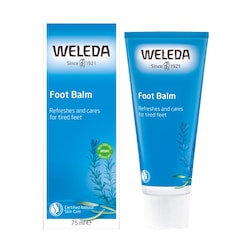

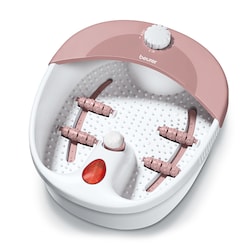




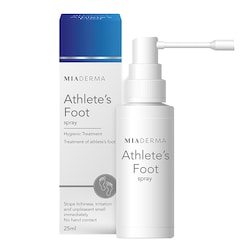


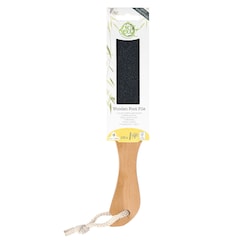


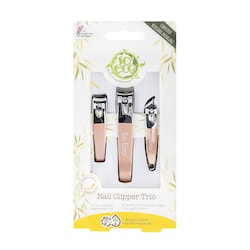

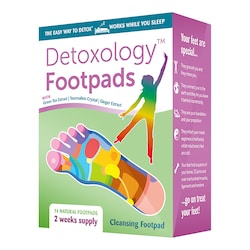
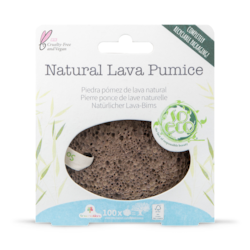
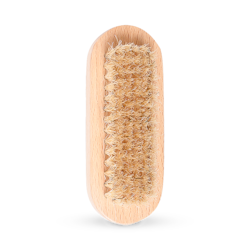
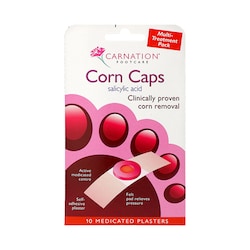
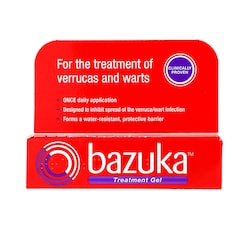
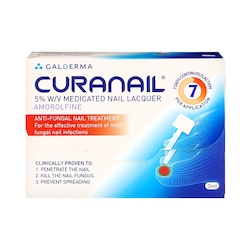
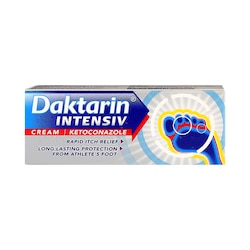
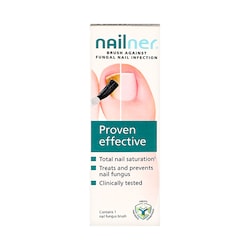

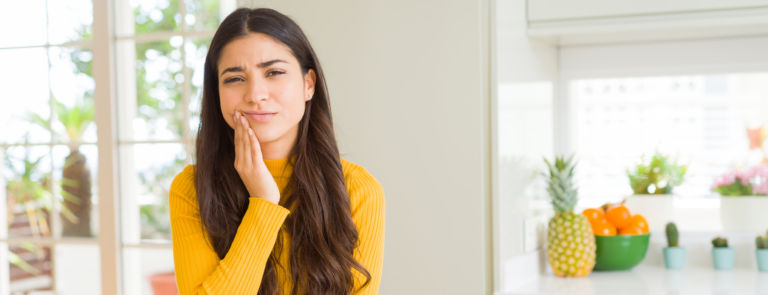
.png)










